Best Xbox One Cables: Essential Power & HDMI Solutions 2024
As an avid gamer and someone who&s spent countless hours navigating the often-confusing world of console setups, I can tell you that understanding your xbox One cables is far more crucial than many realize. It&s not just about plugging things in; it&s about ensuring optimal performance, preventing frustrating technical glitches, and getting the most out of your cherished gaming experiences. Think of it this way: your `xbox` console is a high-performance engine, and its cables are the essential fuel lines and electrical conduits. Without the right ones, or if they&re faulty, that engine simply won&t run at its best. So, let&s dive deep into everything you need to know about keeping your `xbox` connected and powered up, ensuring your gaming sessions are smooth, immersive, and uninterrupted.
 xbox One cables including HDMI, power supply, and controller charging cable.” />
xbox One cables including HDMI, power supply, and controller charging cable.” />
What Are the Essential Cables for My xbox One?
The core `xbox` One setup primarily requires two essential cables: an HDMI cable for video and audio, and a power supply cable. Beyond these, an Ethernet cable is highly recommended for stable online gaming, and USB cables are crucial for accessories.
Let&s break down the absolute must-haves:
- HDMI Cable: This is your lifeline for connecting the `xbox` One to your TV or monitor. It carries both high-definition video and multi-channel audio, delivering the stunning visuals and immersive sound you expect from your games.
- Power Supply Cable: Every `xbox` needs power! The `xbox` One S and X models typically have an internal power supply, meaning they use a standard “figure-8” or C7 power cord. The original `xbox` One, however, came with an external power brick (the infamous “power brick”) that connects to the console and then to a standard wall outlet.
- Ethernet Cable (Optional but Recommended): While Wi-Fi is convenient, a wired Ethernet connection provides a far more stable, faster, and lower-latency connection for online gaming. This can be the difference between a smooth multiplayer match and frustrating lag spikes.
- USB Cables: These are essential for charging your wireless controllers (typically USB-A to Micro-USB for `xbox` One, though some later controllers use USB-C) and connecting other peripherals like external hard drives or wired headsets.
- Optical Audio Cable (S/PDIF) (Optional): If you have an older sound system or a specific gaming headset that uses an optical connection, your `xbox` One (original and S models) has an optical audio output. The `xbox` One X typically does not, relying solely on HDMI for audio.
How Do I Choose the Right HDMI Cable for My xbox One?
For the `xbox` One, you should always aim for an HDMI 2.0 (or newer) cable to ensure full support for 4K resolution, HDR (High Dynamic Range), and higher refresh rates where applicable, even if your console doesn&t fully utilize HDMI 2.1 features.
While an older HDMI 1.4 cable will technically work, it will limit your console&s visual capabilities, especially if you have an `xbox` One S or X connected to a 4K HDR TV. Here&s why HDMI 2.0 is the sweet spot:
- Bandwidth: HDMI 2.0 offers significantly higher bandwidth (18 Gbps) compared to HDMI 1.4 (10.2 Gbps). This extra bandwidth is critical for transmitting 4K video at 60 frames per second (fps) and for supporting HDR color depth.
- 4K and HDR Support: If you own an `xbox` One S or `xbox` One X, these consoles are capable of 4K gaming and HDR content. An HDMI 2.0 cable ensures that your console can send this enhanced signal to your compatible TV without bottlenecking.
- Future-Proofing: Even if your current TV isn&t 4K or HDR, investing in a high-speed HDMI 2.0 cable now means you won&t have to upgrade your `cables` when you eventually get a new display.
You don&t necessarily need to spend a fortune on “premium” or “audiophile” HDMI `cables`. Most reputable brands offering “high-speed” or “premium high-speed” certified HDMI 2.0 `cables` will perform identically over typical living room lengths. Look for cables certified by the HDMI Forum for peace of mind. You can learn more about HDMI specifications at HDMI.org.
My xbox One Won&t Turn On – Could It Be the Power Cable?
Yes, a faulty power cable or power supply unit (PSU) is a very common reason an `xbox` One might fail to turn on. It&s often one of the first things to troubleshoot.
If your `xbox` One isn&t powering up, here are some troubleshooting steps, especially concerning the power `cables`:
- Check the Outlet: First, ensure the wall outlet itself is working. Try plugging in another device.
- Inspect the Power Cable: Look for any visible damage, fraying, or bends in the power cord.
- Check Connections: Make sure the power cable is firmly seated into both the console (or power brick) and the wall outlet. Unplug and re-plug everything.
- Power Brick Light (Original `xbox` One): If you have an original `xbox` One with an external power brick, check the light on the brick itself.
- Solid White/Orange: Indicates it&s receiving power.
- No Light/Flashing: Suggests an issue with the power supply or the power outlet. Try plugging the brick directly into a wall outlet, bypassing any surge protectors.
- Reset the Power Brick: Unplug the power supply from the wall and the console, wait 10 seconds, then plug it back in.
If these steps don&t work, the power supply unit itself might be faulty. For the original `xbox` One, a replacement power brick is often available. For the S and X models, an internal PSU failure might require professional repair. For more in-depth troubleshooting, check out our guide on xbox One Power Issues]”>Troubleshooting `xbox` One Power Issues.
Are There Any Upgrade Cables That Improve My xbox Gaming Experience?
While `cables` don&t inherently “improve” performance beyond transmitting the signal correctly, upgrading to high-quality, certified `cables` ensures you&re getting the best possible signal and can prevent potential issues, thereby enhancing your overall experience.
Here&s where strategic “upgrades” can make a difference:
- High-Speed HDMI: As discussed, moving from an older HDMI 1.4 to a certified HDMI 2.0 or even 2.1 cable (especially if you plan to upgrade to a Series X/S or a very high-end TV) ensures you&re not bottlenecking your console&s visual output. This is crucial for 4K, HDR, and higher refresh rates.
- Shielded Ethernet Cables: While not strictly necessary for most home setups, a good quality, shielded Ethernet cable can help reduce interference in electrically noisy environments, ensuring the most stable and consistent online connection possible.
- Quality USB Cables: For controllers, a robust, durable USB cable will ensure consistent charging and reliable wired play, avoiding the frustration of cheap `cables` that fray easily or disconnect unexpectedly.
Remember, the primary role of a cable is to transmit a signal accurately. Once that signal is transmitted perfectly, a more expensive cable won&t make it “better.” However, a poorly made or outdated cable can certainly make it worse.
What About Cables for xbox One Accessories like Controllers or Headsets?
`xbox` One accessories generally rely on USB for controllers (charging and wired play) and 3.5mm jacks or optical audio for headsets, depending on the specific accessory and console model.
Shop Related Products on eBay
Find the best deals on these recommended products:
… (Content truncated for length) …
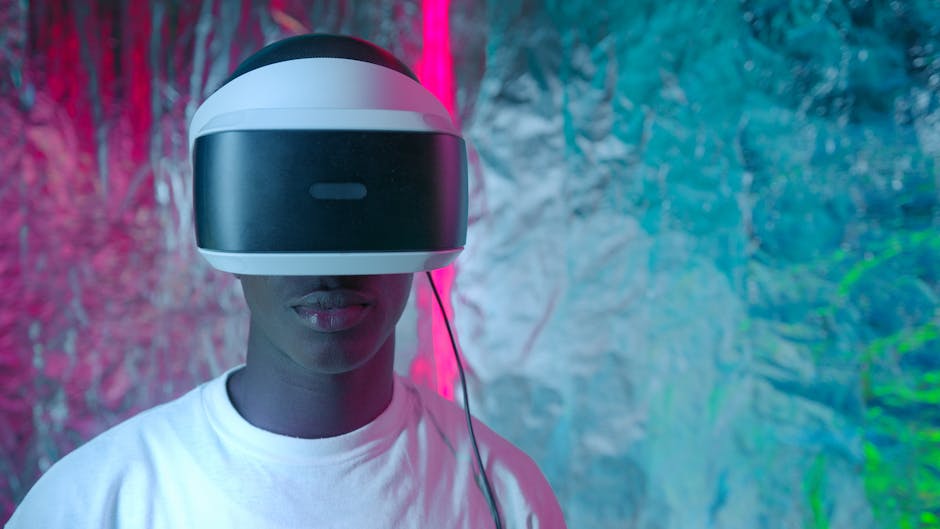

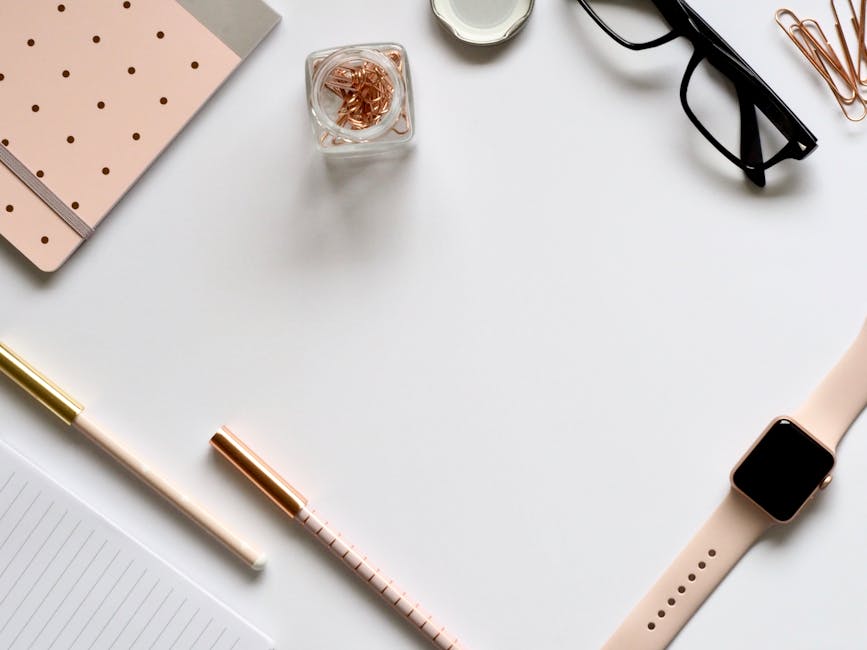
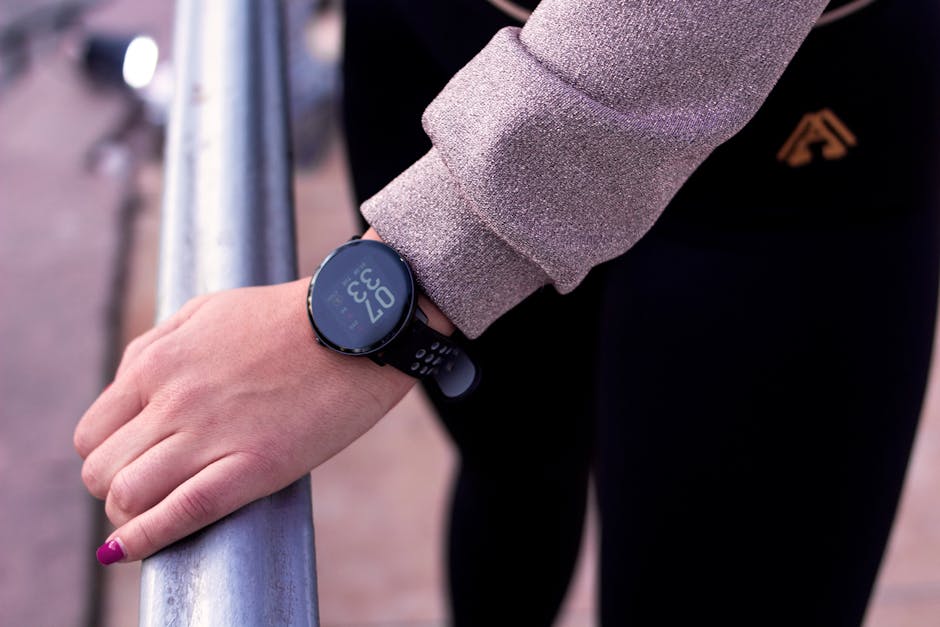



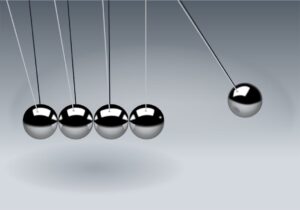
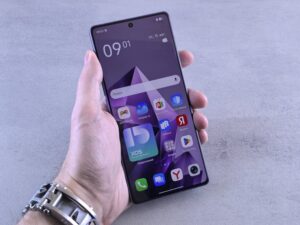




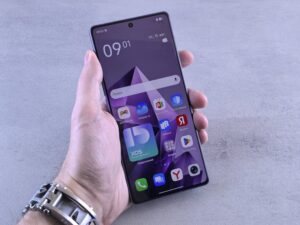
Post Comment